Scientists discuss archaeological discoveries at Thang Long Imperial Citadel. |
On the afternoon of January 10, at the World Cultural Heritage Site of Thang Long Imperial Citadel (Ba Dinh District, Hanoi), the Institute of Archaeology in coordination with the Thang Long-Hanoi Heritage Conservation Center announced the results of archaeological excavations at Thang Long Imperial Citadel in 2024. Implementing UNESCO's recommendations and with the permission of the Ministry of Culture, Sports and Tourism, in 2024, the Thang Long-Hanoi Heritage Conservation Center in coordination with the Institute of Archaeology conducted an exploratory excavation of 500m2 , with 4 excavation pits. The first pit was in the southwest area of Hau Lau (ie northwest of Kinh Thien Palace, where the emperors held court during the early Le Dynasty and later). The second pit was excavated right on the foundation of Kinh Thien Palace. The third pit was located in the space between Kinh Thien Palace and Doan Mon Palace, leaning to the west. The fourth pit was located right behind Doan Mon Gate towards Kinh Thien Palace, a short distance from the excavation pit at the previous gate area. The purpose of the excavation is to focus on clarifying the spatial structure of Kinh Thien Palace. In particular, the excavation pit at the foundation of Kinh Thien Palace discovered traces of Nguyen Dynasty foundation blocks in the east-west direction; traces of foundation columns from the Le Trung Hung period (17th-18th century) with dimensions of 1.9m x 1.4m. The Kinh Thien Palace area was previously excavated in 2011 and 2023. The new results continue to further clarify the foundation structure of Kinh Thien Palace during the Le Trung Hung period.
The drainage has remained strong over the centuries. |
Excavation pit number two revealed three architectural vestiges of the Later Le Dynasty. These vestiges are all continuations of the corridor and wall architecture discovered from the excavations in 2014-2015. These vestiges contribute to confirming the hypothesis that there were two corridors, one to the east and one to the west, running from Doan Mon Gate to the Kinh Thien Palace area. This corridor is the limit of the court space during the Early Le Dynasty and the Later Le Dynasty. The excavation pit behind Doan Mon Gate revealed many architectural vestiges of the Later Le Dynasty, including: Dan Tri courtyard, Ngu Dao (the emperor's road), about 30cm below Ngu Dao and Dan Tri during the Later Le Dynasty was a fairly large underground drainage (53cm high, 37cm wide) with the function of draining water for the entire court space. These vestiges provide further understanding of the court space of this historical period. Meanwhile, excavation pit number one located northwest of Kinh Thien Palace provided additional data on an architectural vestige. These data also provide more information about where the Kinh Thien Palace space ends, as these could be other palaces. According to Associate Professor Tong Trung Tin, Chairman of the Vietnam Archaeological Association, the 2024 excavation, although only excavating a small area, has brought many new insights, taking an important step forward in identifying Kinh Thien Palace and the Kinh Thien Palace space during the early Le Dynasty (15th-16th century) and Le Trung Hung Dynasty (17th-18th century) in terms of architecture, materials, overall layout and construction techniques. These findings are the basis for research towards the restoration of Kinh Thien Palace space and Kinh Thien Palace; At the same time, it shows the need to demolish some works to clarify the perception of the value of Thang Long Imperial Citadel as approved by UNESCO in Decision No. 46 COM 7B.43 in July 2024.


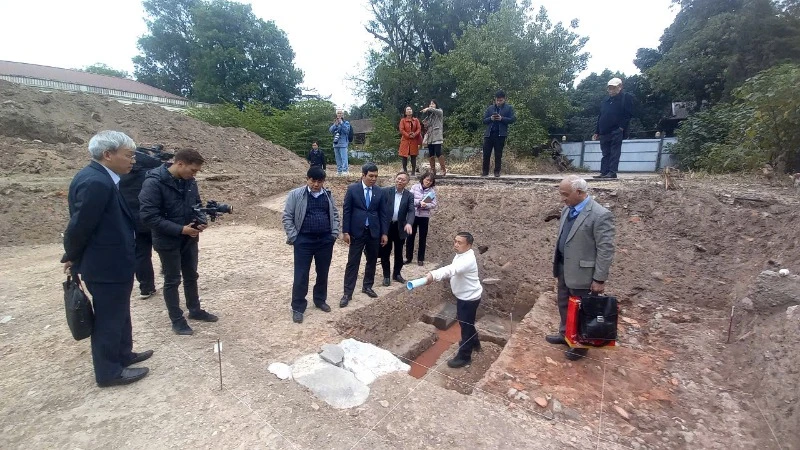
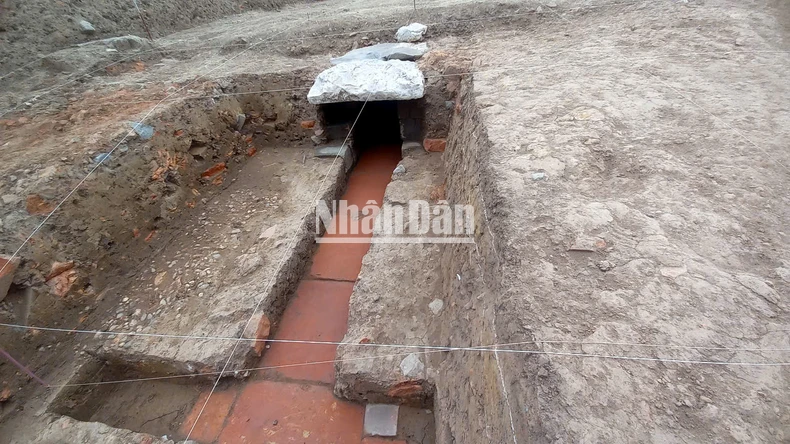


![[Photo] General Secretary To Lam arrives in Minsk, begins state visit to Belarus](https://vphoto.vietnam.vn/thumb/1200x675/vietnam/resource/IMAGE/2025/5/11/76602f587468437f8b5b7104495f444d)


![[Photo] General Secretary To Lam concludes visit to Russia, departs for Belarus](https://vphoto.vietnam.vn/thumb/1200x675/vietnam/resource/IMAGE/2025/5/11/0acf1081a95e4b1d9886c67fdafd95ed)


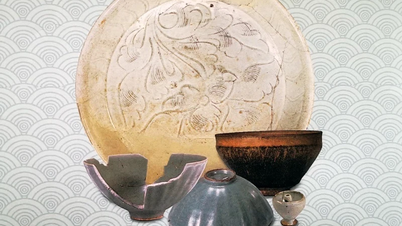

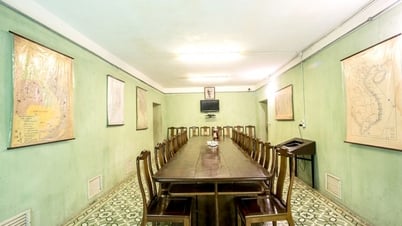

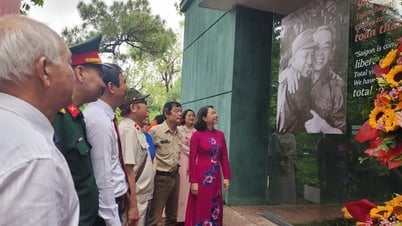














![[Photo] General Secretary To Lam arrives in Minsk, begins state visit to Belarus](https://vphoto.vietnam.vn/thumb/402x226/vietnam/resource/IMAGE/2025/5/11/76602f587468437f8b5b7104495f444d)

![[Photo] General Secretary To Lam concludes visit to Russia, departs for Belarus](https://vphoto.vietnam.vn/thumb/402x226/vietnam/resource/IMAGE/2025/5/11/0acf1081a95e4b1d9886c67fdafd95ed)


![[Photo] National Assembly Chairman Tran Thanh Man attends the Party Congress of the Committee for Culture and Social Affairs](https://vphoto.vietnam.vn/thumb/1200x675/vietnam/resource/IMAGE/2025/5/11/f5ed02beb9404bca998a08b34ef255a6)























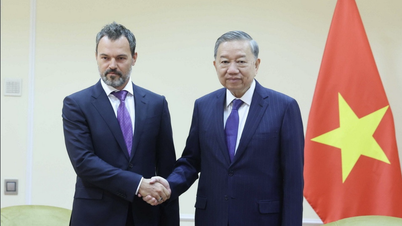

















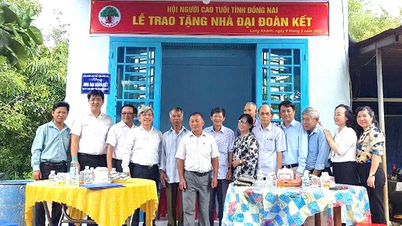













Comment (0)